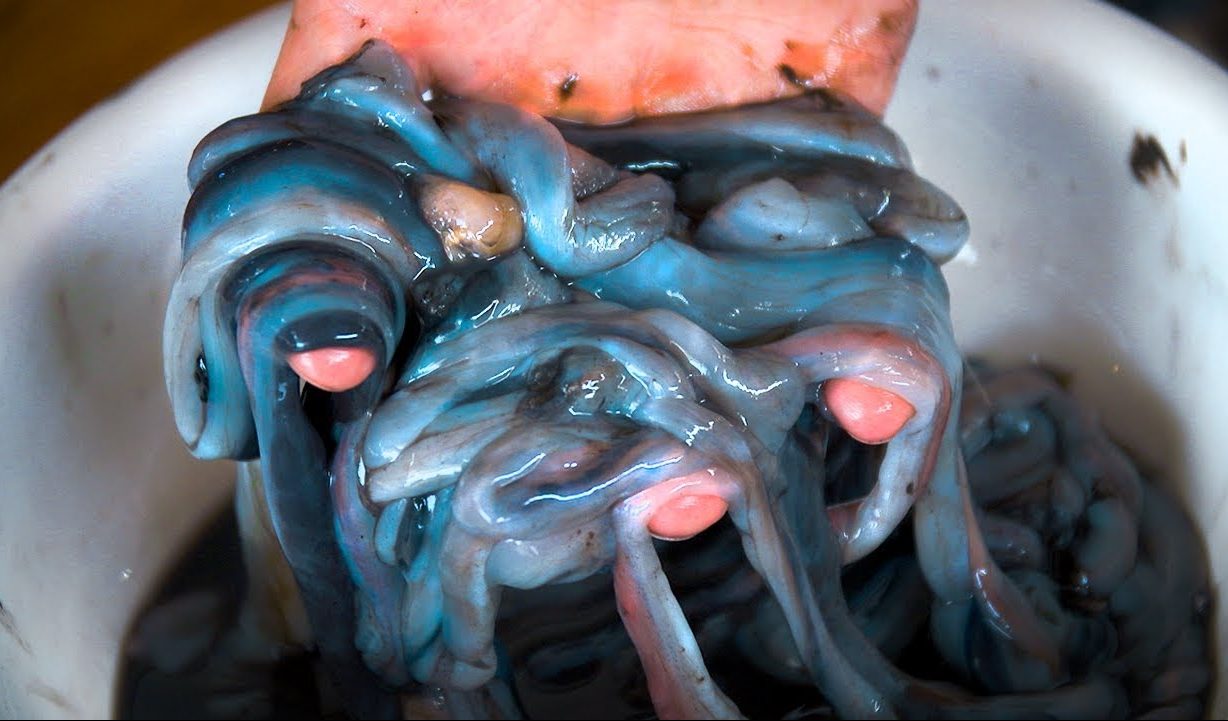New Study Reveals 30% Of Americans Are Actually Alcoholics

About 30% of Americans — over 96 million — have a drinking problem, according to a new study.
The study’s analyses were based on new standards set forth by the current version of the Diagnostic and Statistical Manual of Mental Disorders (the DSM-5), the diagnostic bible for mental health professionals, for alcohol use disorder (AUD), a combination of previously used categories “alcohol abuse” and “alcohol dependence.”
The study, published in JAMA Psychiatry, used data from face-to-face interviews in 2012 and 2013 of over 36,000 adults about their drinking habits over the past year, as conducted for the third National Epidemiologic Survey on Alcohol and Related Conditions.
The team of researchers behind the study found that about 3 out of every 10 Americans has had alcoholism-related symptoms at some point in their lives. Only one-fifth had sought professional help.
According to the study, the most affected groups were men (17.6% over the past year, 36% lifetime), whites (14% and 32.6%, respectively), and Native Americans (19.2 percent and 43.4 percent, respectively).
Most alarming, however, is the rising prevalence of severe AUD (meeting at least 6 of the DSM-5’s 11 criteria for alcohol use disorder) among young people (those aged 18-29). The researchers said in their report:
“Emerging adulthood is becoming an increasingly vulnerable period for Alcohol Use Disorder onset. (The results) suggest an urgent need to develop and implement more effective prevention and intervention efforts.”
The average consumption of alcohol on a global scale has reportedly declined, but binge drinking, on the contrary, is increasing among the younger generations in OECD countries, due to alcohol’s higher availability and cheaper advertising in those market-economy nations. The consequences of excessive alcohol consumption is extremely costly, and yet, millions of people are still heavily affected.
According to the study’s researchers, efforts to reduce excessive alcohol consumption begin with alerting communities and authorities about the urgency of alcohol use disorder and its treatments. They said that communities need to destigmatize the disorder and encourage affected individuals to admit that they have a problem.
Written by Max Chang of NextShark || h/t: Pacific Standard






















